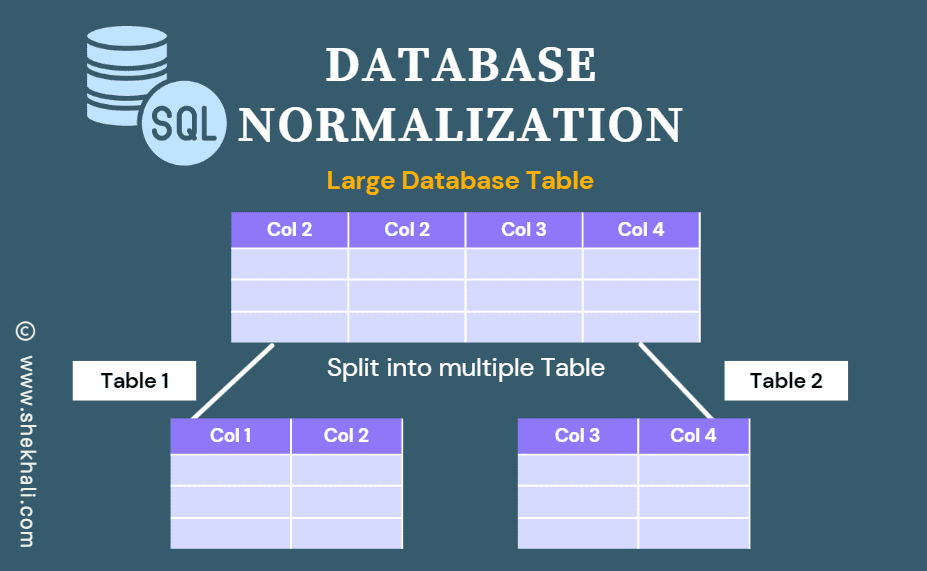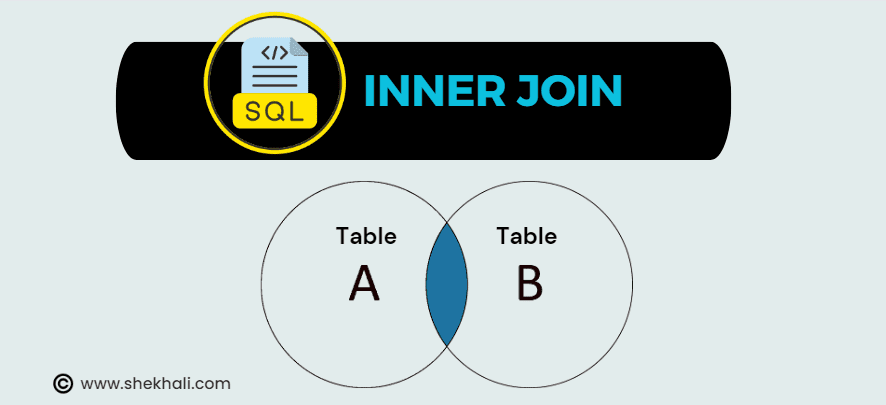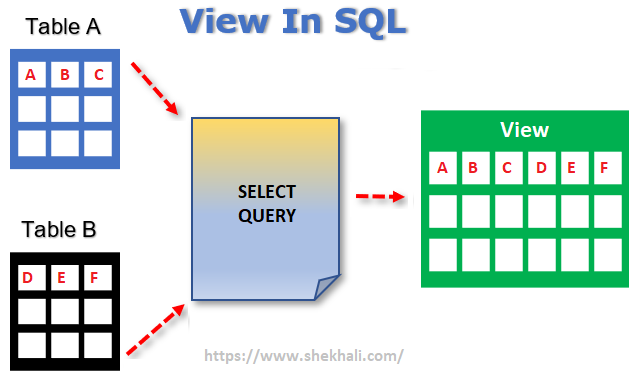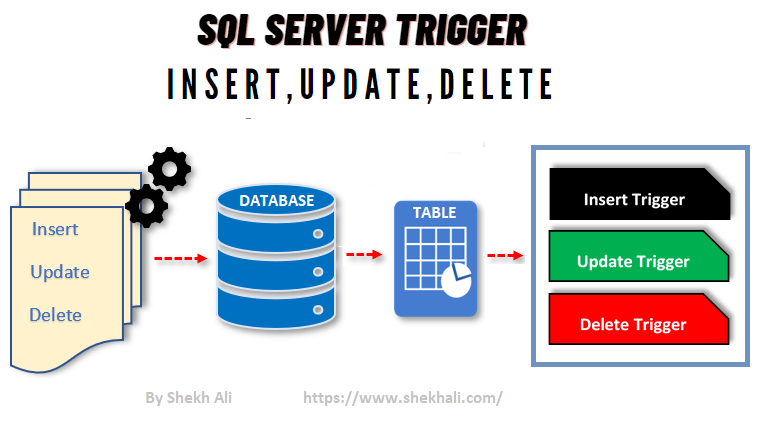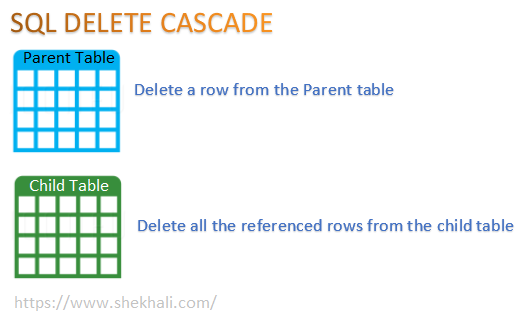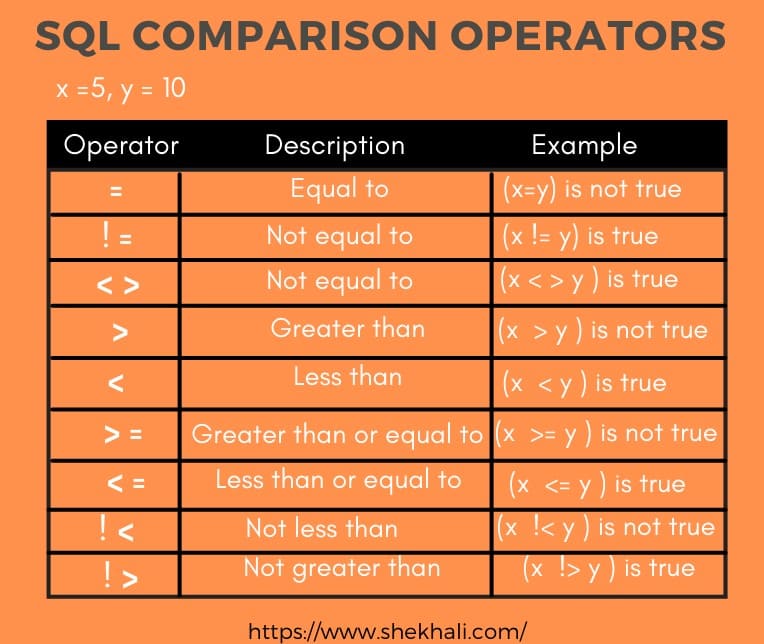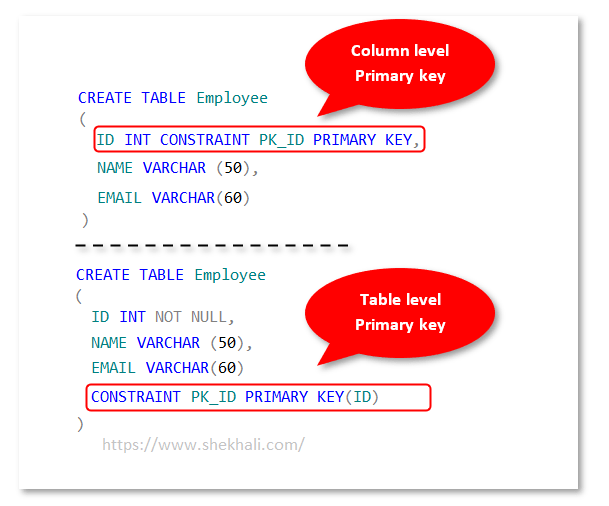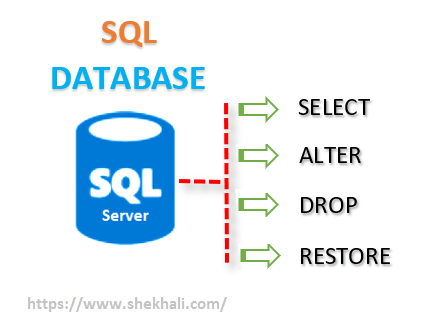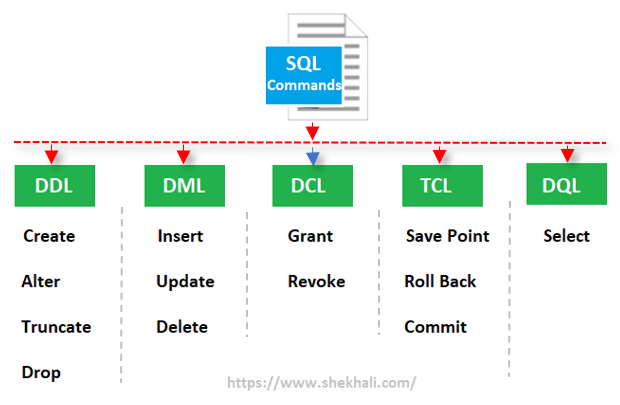Database normalization is a technique used to organize data in a relational database. It involves breaking down a large table into smaller tables and defining relationships between them. The normalization goal is to eliminate redundant data and ensure that each piece of information is stored in only one place.
Relational databases are the backbone of many software systems. They allow us to store, manage, and retrieve data in an organized and efficient way. However, as the size and complexity of our data grow, so do the challenges of maintaining its integrity and consistency. This is where database normalization comes in.
